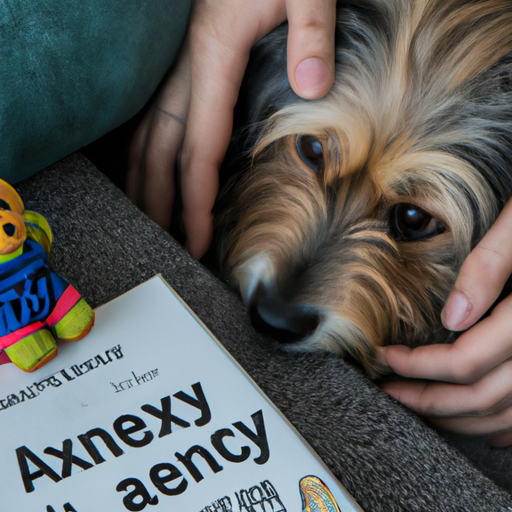Understanding Canine Separation Anxiety
You’re not alone if your dog suffers from separation anxiety. This common issue can lead to a variety of stressful behaviors, including excessive barking, destructive chewing, and even escape attempts. It’s important to remember that your dog isn’t acting out because they’re bad or spiteful – they’re just struggling with being separated from you.
Let’s take a closer look at the behaviors that may indicate separation anxiety:
- Excessive barking or howling when left alone
- Destructive behavior, such as chewing furniture or digging at doors
- Attempts to escape from a room or crate
- Pacing in a fixed pattern or circle
- Trembling, panting, or drooling more than usual
- Accidents in the house, even though they’re house-trained
Strategies to Reduce Separation Anxiety
Reducing your dog’s separation anxiety requires patience, consistency, and understanding. Here are a few strategies that might help:
- Gradual Desensitization: Start by leaving your dog alone for short periods, and gradually increase the length of time. Make sure to be calm and low-key when you leave and return home.
- Counter-Conditioning: This involves changing your dog’s response to being alone. Instead of feeling anxious, they can learn to associate it with something positive, like a treat or a favorite toy.
- Training and Exercise: Regular physical and mental stimulation can help reduce anxiety. Try activities that challenge your dog’s mind and body, like agility training or puzzle toys.
| Strategy | Description |
|---|---|
| Gradual Desensitization | Leaving your dog alone for short periods and gradually increasing the time |
| Counter-Conditioning | Changing your dog’s response to being alone to something positive |
| Training and Exercise | Regular physical and mental stimulation to help reduce anxiety |
Creating a Safe Space
Creating a safe, comfortable space for your dog can help them feel more secure when you’re not around. This might be a crate, a specific room in your house, or a designated area with their bed and toys. Make sure the space is cozy, quiet, and filled with positive associations, like their favorite blanket or a toy filled with peanut butter.
Seeking Professional Help
If your dog’s separation anxiety is severe, it might be time to seek professional help. A certified professional dog trainer or a veterinary behaviorist can provide personalized training and treatment plans. Medications may also be an option in severe cases, so speak to your vet about the best course of action.
Frequently Asked Questions
Q: Can separation anxiety in dogs be cured?
A: While there’s no overnight fix, with patience and consistency, most dogs can overcome their separation anxiety.
Q: How long does it take to treat separation anxiety in dogs?
A: The length of treatment can vary widely, depending on your dog’s individual situation.
Q: What can I give my dog for separation anxiety?
A: There are several over-the-counter and prescription medications that might help. Always consult your vet before giving your dog any new medication.
Remember, it’s not easy to see our furry friends in distress, but with patience, understanding, and the right strategies, you can help your dog feel more secure when they’re alone.



